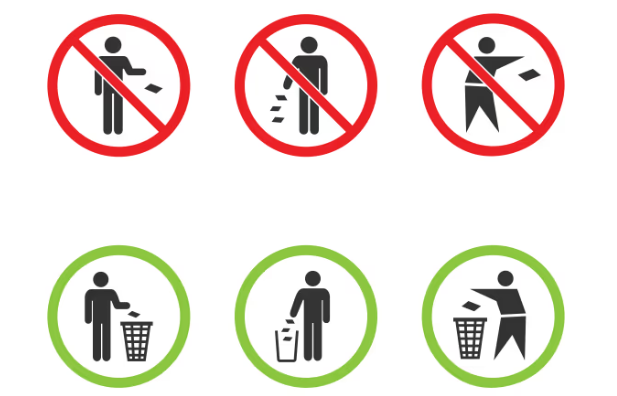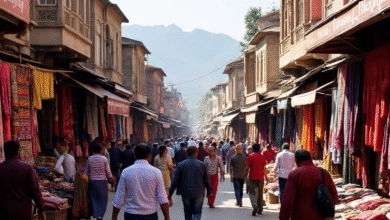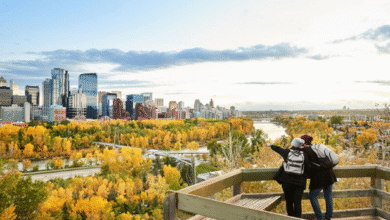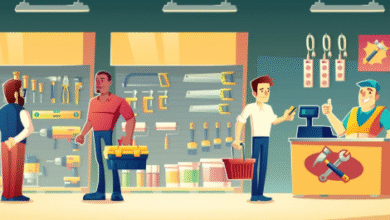Wine Country Gift Baskets: A Simple Guide to Sharing Tasty Gifts

what is the cleanest country in the world is a question many people ask. In this post we will look at what makes a country very clean and nice. We will talk about clean air and tidy streets and fresh water. Good rules and kind people help to keep places neat and safe. Clean places keep trash away and plant many trees near parks and roads. They have water that is safe to drink and systems to recycle what we use. People help too by not dropping litter and by using bins each day at home. Clean cities use buses and bikes to lower smoke from many cars and trucks. Schools teach children to care for their towns and gardens from a young age. Many countries work hard to stay clean and to keep nature healthy. I will share short clear reasons why some countries are very clean and calm.
what is the cleanest country in the world depends on many things. We check clean air and clean water and how towns handle trash. We also look at parks, rivers, and rules that stop bad smoke and dump. Good plans from leaders and kind acts from people both help a lot. Some countries teach kids to recycle, and they make bins easy to find. They fix pipes, sweep streets, and pick up trash each day without fail. Clean towns plant trees and protect rivers so fish stay safe and water stays clear. Homes that use less plastic and mend things help too. Shops and schools join with towns to make clean drives and plant days. Tourists see neat streets and happy parks and they tell friends to visit. Picking the single cleanest country is hard because many places do a lot of good work. What matters most is small acts by many people that add up to big change. You can help by using a bin, saving water, planting a tree, and learning to care for your town. If we all do small steps, the whole world grows cleaner and nicer for children and animals.
what is the cleanest country in the world — simple signs to look for
To know what is the cleanest country in the world, we first need to understand what makes a place clean. Some clear signs are:
- Fresh air with less smoke from cars and factories
- Safe water to drink without dirt or germs
- Neat streets with bins and less litter
- Strong recycling systems for plastic, glass, and paper
- Healthy green parks, forests, and rivers
Clean countries do not just clean once a week. They have daily plans and strong rules to keep everything in order. They use modern machines to clean water, sweep roads, and manage waste. They also protect animals and nature, because a healthy environment is part of being clean.
How top countries keep streets, parks, and rivers clean
Countries that rank high in cleanliness always care about their public spaces. They do not allow trash to pile up in markets or parks. In places like Switzerland or Finland, people are taught from a young age to use bins and recycle. Cities sweep streets daily and wash them often. Parks are cared for by both the government and the local people.
Clean rivers are another big factor. A clean river shows that the country protects water sources. If rivers are dirty, it means waste systems are weak. Clean countries spend money to filter water, protect fish, and stop people from throwing trash into rivers.
Clean air and clean water: easy ways to measure a clean place
Air and water are two of the best ways to see how clean a country really is. Many groups measure countries by their “air quality index” and “water quality index.” Places with less car smoke and fewer factories get higher scores.
For example, countries like Denmark, Iceland, and New Zealand are known for very fresh air. They have fewer cars, more bikes, and use clean energy. Clean water is also a key sign. Countries that clean their lakes and rivers give people safe water for cooking, bathing, and drinking.
what is the cleanest country in the world — laws, rules, and plans that help
It is not only about people. Good rules from leaders are very important too. Countries that stay clean have strong laws about waste, factories, and air. They also give money to projects that protect nature.
For example:
- Strict laws on factories so they do not dump waste in rivers.
- Recycling rules in every home and office.
- Fines for people who litter or break clean rules.
- Big national plans to plant trees and save forests.
These laws make sure everyone follows the same steps to keep the country clean.
How people and leaders work together to make towns tidy
A clean country is possible only when people and leaders work together. Leaders can make plans, but people must follow them. Clean towns have active people who care about their neighborhoods. They join clean drives, plant trees, and remind others to use bins.
Schools also play a big role. Teachers show kids how to recycle and protect the earth. When kids grow up with these habits, they become adults who care more about cleanliness. This team effort makes the country stronger and cleaner.
Trash, bins, and recycling: what good cities do every day
One of the biggest steps toward a clean country is how trash is handled. The cleanest countries have:
- Easy bins on every street corner
- Separate bins for plastic, paper, food, and glass
- Daily trash pickup by city workers
- Recycling plants to turn waste into new items
For example, Sweden recycles so much that they even import trash from other countries to keep their recycling plants working. This shows how strong their system is.
Schools, kids, and habits: teaching to care for the earth
Clean habits must start early. Schools teach kids to save water, throw trash in bins, and respect nature. Some schools even run “clean days” where kids clean their playgrounds and plant trees.
This not only helps the school but also teaches life lessons. Kids then teach their parents at home. Slowly, the whole community learns how to care for the earth together.
Trees, parks, and rivers: nature’s role in a clean country
Nature plays a big role in deciding what is the cleanest country in the world. Countries with lots of parks, clean rivers, and forests are always healthier. Trees clean the air, rivers give water, and parks give people fresh places to rest.
Green spaces also bring animals and birds, which means the environment is balanced. A country that cuts too many trees or pollutes rivers cannot be called clean.
Clean travel: buses, bikes, and fewer cars
Cars are a big reason for smoke in cities. Clean countries find smart ways to reduce it. They build bike lanes, improve buses and trains, and use electric cars.
For example, the Netherlands is famous for bikes. Most people there use bikes instead of cars, which keeps the air fresh and the roads clear. Clean travel is not only better for the air but also for people’s health.
What visitors notice first in the cleanest places
Tourists often notice the small details. When they enter a clean country, they see tidy streets, no plastic bags flying around, and fresh-smelling air. They feel safe drinking water from taps and enjoy walking in green parks.
Tourists also respect places that look neat. They are more likely to take care and not litter when they see that locals value cleanliness.
Simple home habits that make your town cleaner
Even if you do not live in the cleanest country, you can still help your area look nice. Some easy steps include:
- Always throw trash in bins
- Recycle glass, paper, and plastic
- Save water by turning taps off
- Use a bike or walk instead of driving short trips
- Plant small trees or flowers outside your home
These steps may look small, but together they make a huge difference.
10 easy steps you can try today to help keep places neat
Here are 10 simple actions you can do right now:
- Carry a small bag for your trash until you find a bin.
- Use cloth bags instead of plastic.
- Plant one tree or flower each month.
- Use a bike or bus instead of a car once a week.
- Keep your school or office desk clean.
- Join a local clean-up event.
- Teach children about recycling.
- Reuse bottles and jars.
- Stop wasting food and water.
- Share clean habits with friends.
Conclusion
So, what is the cleanest country in the world? There is no single answer because many countries work very hard to stay clean, such as Switzerland, Finland, Iceland, and New Zealand. A clean country is made by clean air, safe water, neat streets, strong rules, and caring people. The most important lesson is that every person plays a role. If we all take small steps daily, our own towns can also become as clean as the best in the world. Clean habits bring better health, more beauty, and a safer future for children.
FAQs
Q1: Which country is the cleanest right now?
Many reports say Finland, Switzerland, and Iceland are some of the cleanest countries in the world.
Q2: Why is Finland considered so clean?
Finland has very fresh air, safe water, and strong care for forests and lakes.
Q3: How do rich countries stay clean?
They spend money on recycling, water systems, and green energy. But people’s habits also matter a lot.
Q4: Can poor countries also be clean?
Yes, even with less money, a country can stay clean if people and leaders work together and follow good habits.
Q5: How can I help my town become cleaner?
Start with simple steps like using bins, recycling, planting trees, and saving water.



